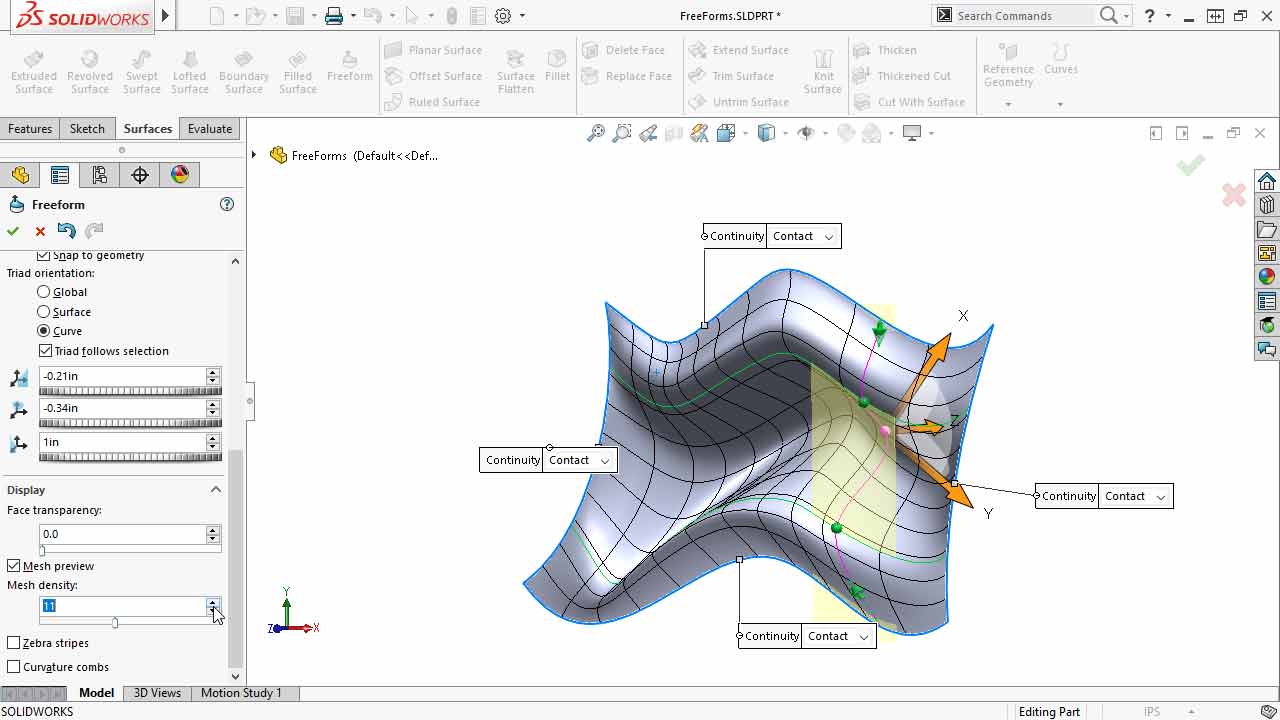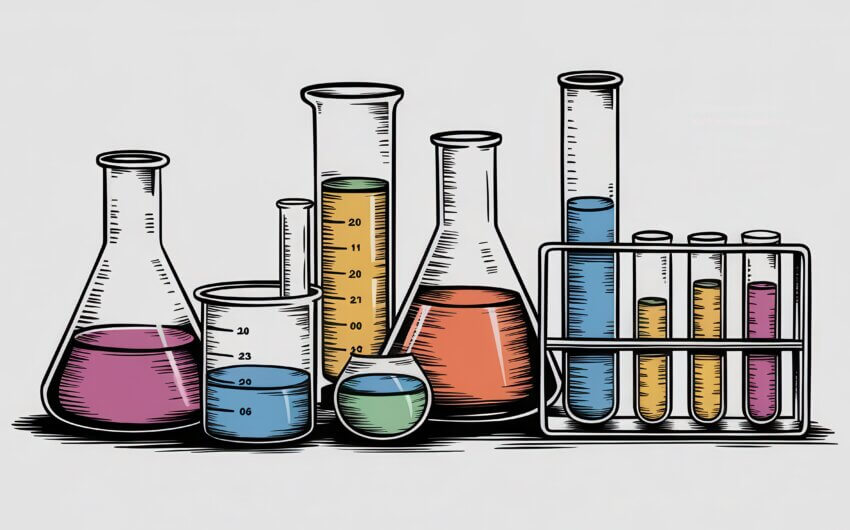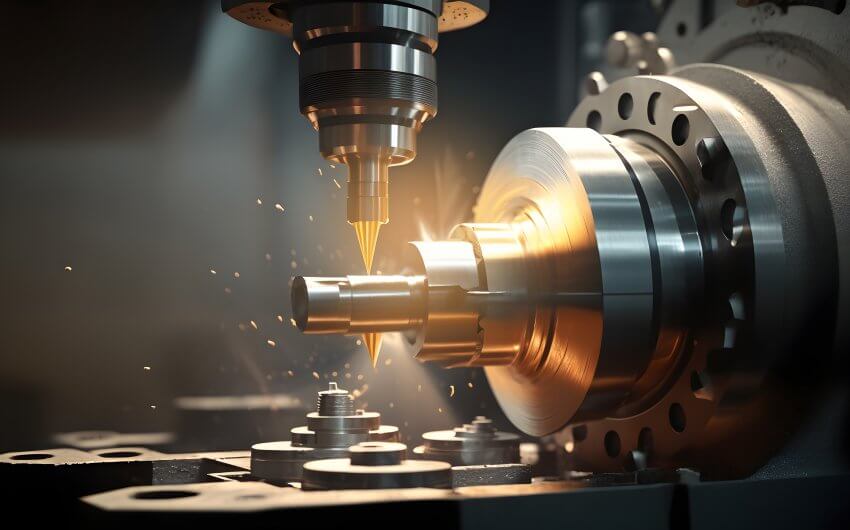What is SOLIDWORKS surface modeling?
Whether you’re designing consumer products, vehicles, or medical devices, SOLIDWORKS surface modeling techniques help take your models to the next level. SOLIDWORKS surfacing tools allow you to create geometry that might otherwise be impossible using standard extruded bosses, revolves, sweeps, and lofts. They also let you create complex geometries and shapes, make edits to existing models, and repair imported parts.
How to create SOLIDWORKS surfaces from a sketch or existing geometry
When designing solids or surfaces, you generally begin a model with a sketch. Many of the sketch-based SOLIDWORKS surface modeling commands are similar to their solid modeling counterpart. It’s easiest to start out using a sketch to create basic surfaces like extrudes and revolves, and then move on to more advanced surfaces like lofts and boundaries.
To save time, use existing geometries to create a new surface instead of starting from scratch. You can do this by using offset, knit, ruled, and freeform features.
→ Learn how to create a new surface from existing geometries in this SOLIDWORKS Surfaces Tutorial!
Modifying SOLIDWORKS surfaces
You’ll need to modify existing surfaces when working with surface models. This can be done by extending a surface to meet another body, trimming a surface using another surface or sketch, or by adding fillets to create a smooth transition between faces. Proficient engineering designers modify SOLIDWORKS surfaces by using the extend, trim and untrim, fillet, flatten, and delete hole tools.

However, using surfaces alone to create models can be extremely time consuming and inefficient. That’s why it’s essential to know how to use surfaces and solid geometries together to achieve your final design. These skills will allow you to create solids from surfaces, patch geometry in an existing model, or modify specific faces of a solid body by deleting or replacing a face.
Improve your skills with online SOLIDWORKS surface tutorials
SolidProfessor SOLIDWORKS Surface Tutorials will help improve your surface modeling skills. In this SOLIDWORKS surface modeling course, you’ll learn to be more efficient in your design process and increase productivity by using surfacing tools. Explore how to use a variety of features including extruded surface, planar surface, revolved surface, and freeform surface. This will allow you to create both the simple and complex surfaces you need to complete a part!
Lessons in the SOLIDWORKS Surfacing course include:
- Introduction to Surfacing
- Creating Surfaces from a Sketch (Extruded, Revolved, Swept, Lofted, Boundary, Planar)
- Creating Surfaces from Existing Geometry (Offset, Knit, Radiate, Ruled, Freeforms, Mid-Surface)
- Modifying Surfaces
- Modeling with Solid and Surface Bodies
- And more!
Once you’re comfortable working with SOLIDWORKS surfaces, dive into our hands-on SOLIDWORKS Advanced Surface Modeling courses that show you how to apply complex surfacing techniques to consumer products:
























